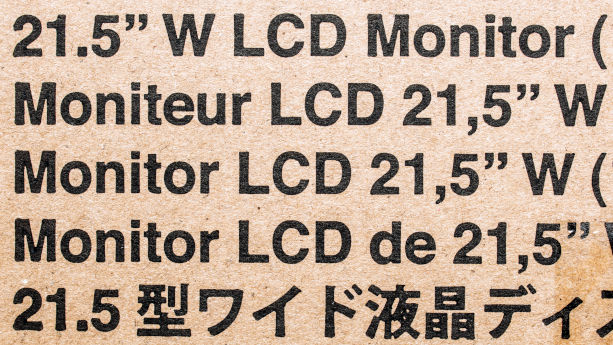
The Ecodesign for Sustainable Products Regulation (ESPR) is a new Regulation that will replace the existing Ecodesign Directive. It aims to set eco-design requirements for products to be sold in the EU. Unlike the existing Ecodesign Directive, which only covers certain energy-related products, the new Regulation applies to virtually all physical products.
Additionally, the Regulation introduces new requirements concerning the digital product passport, the destruction of unsold consumer products, and more.
In this guide, we help you better understand the requirements of the new Regulation and address common questions concerning its application.
Continue reading Ecodesign for Sustainable Products Regulation: An Overview

























